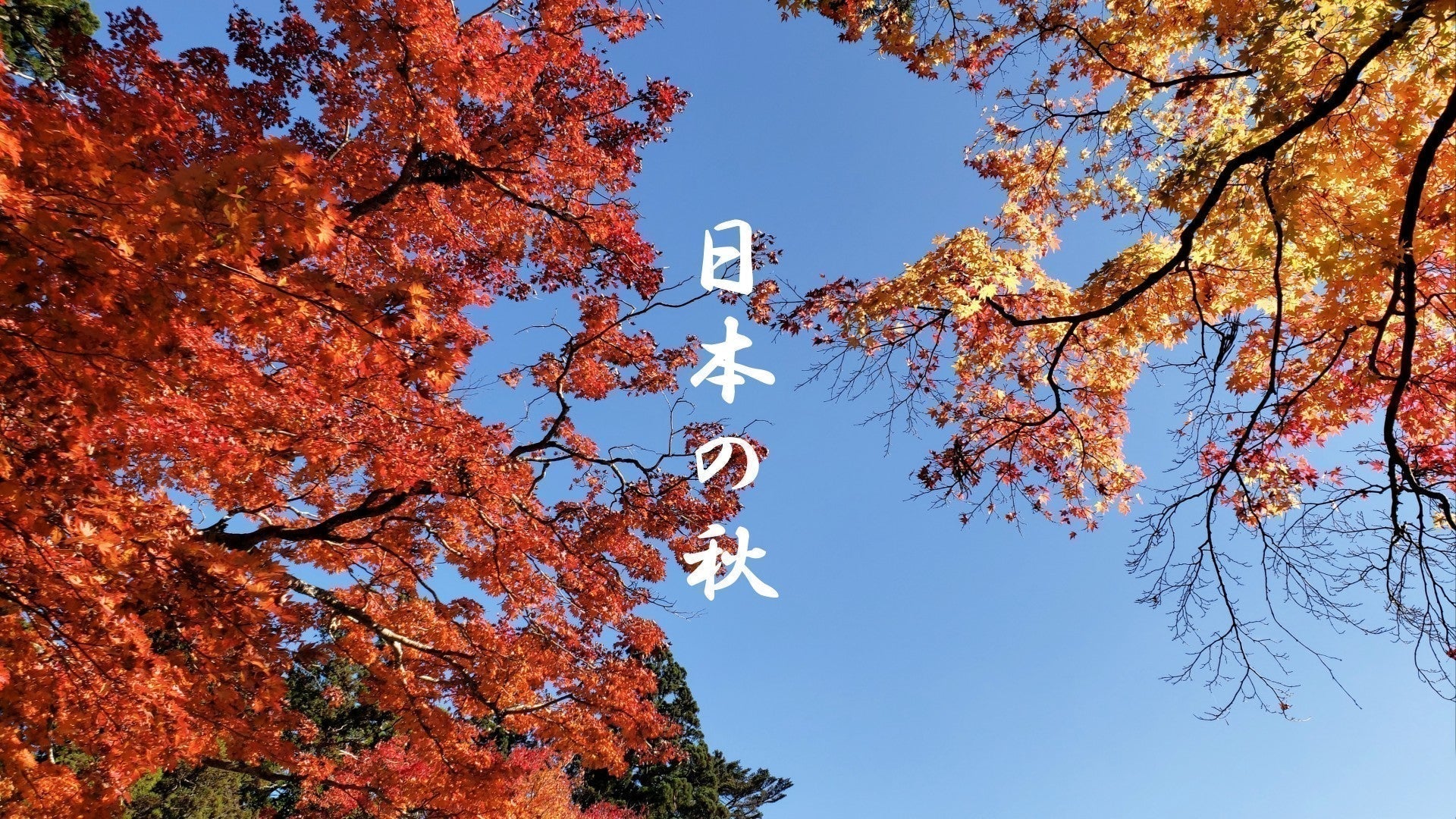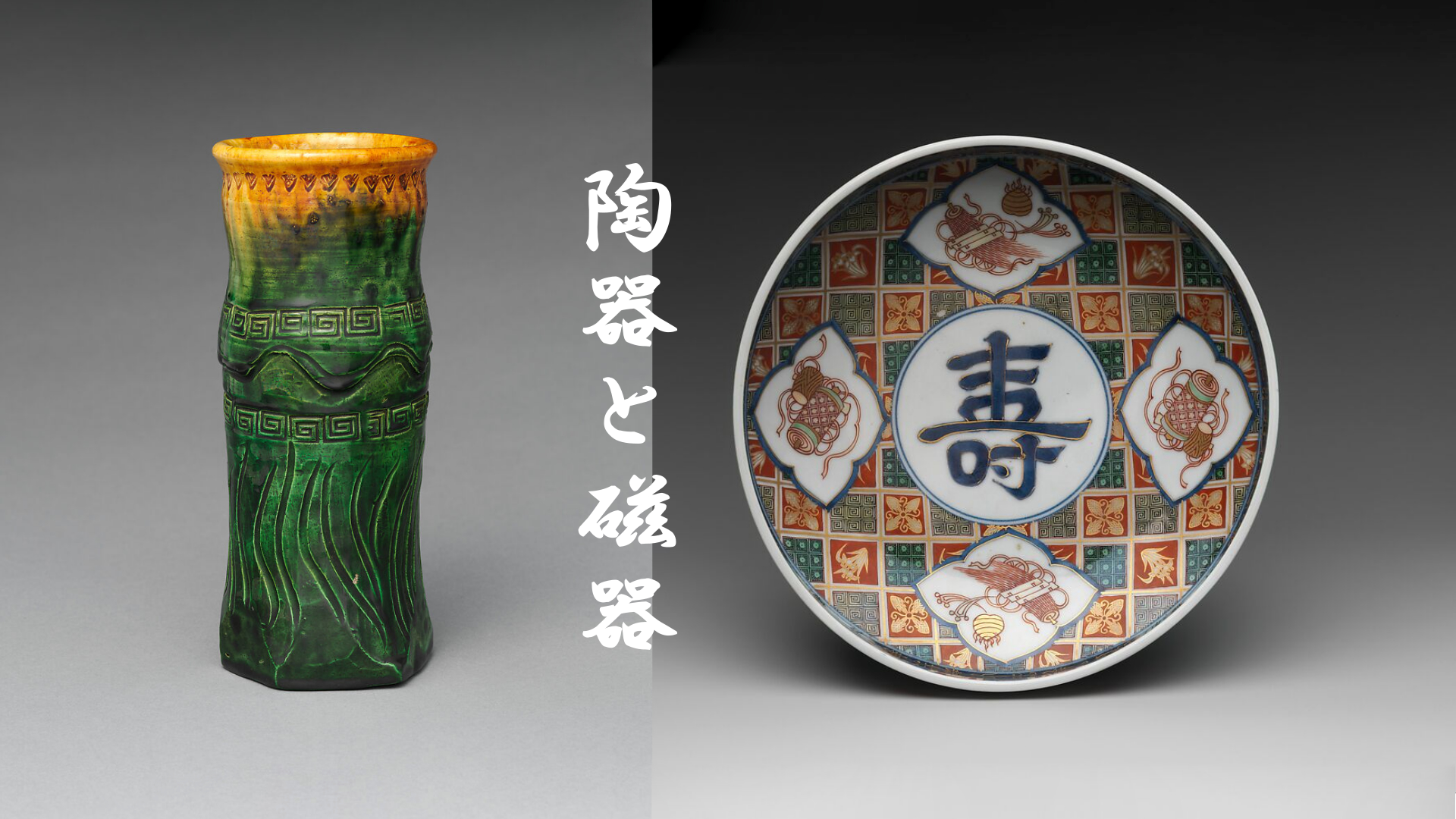
Japanese Autumn: Colors, Flavors, and Traditions
Japanese autumn is more than a season, it’s an experience that engages every sense.
From the scent of kinmokusei blossoms to the glow of momiji leaves, every detail reflects Japan’s harmony with nature.
This guide explores the season’s fragrances, flavors, and traditions through Japanese pottery, cuisine, and cultural celebrations.
The Symphony of Colors and Scents
The first sign of autumn in Japan isn't just visual, it's a feeling in the air. That subtle shift when the heavy summer humidity lifts, and a crisp breeze carries the promise of changing leaves.
The sweet, distinctive fragrance of kinmokusei (金木犀, osmanthus) flowers fills the air, their tiny golden blooms releasing a scent so captivating it's earned the name "thousand-mile fragrance" (千里香, senrikou).
These cute little colored flowers that look like sugar candy emit a sweet, nostalgic fragrance detectable from far away. The scent of kinmokusei suddenly makes you want to take a deep breath, signaling the definitive end of summer and the beginning of autumn.

Kinmokuseki (金木関) in the streets of Kusatsu, Shiga prefecture.
Autumn Delicacies and Their Vessels
Autumn in Japan brings a feast of seasonal ingredients, beautifully paired with handcrafted ceramic vessels that elevate each flavor.
Matsutake Mushrooms (松茸)
A highly prized mushroom in Japan, matsutake is harvested in autumn and celebrated for its aromatic, earthy flavor.
Matsutake are a beloved ingredient in Dobin-mushi (土瓶蒸し), a traditional Japanese dish often served during the autumn and winter seasons, known for its delicate flavors and comforting warmth.
Dobin-Mushi and Donabe Pottery
The name "Dobin-mushi" comes from the type of earthenware teapot (Dobin, 土瓶) used to serve the dish. The teapot is typically made of clay and is used to steam a variety of ingredients, usually including fish, seafood, mushrooms, and vegetables, in a light, savory broth.
Rustic vessels like Dobin and Donabe (土鍋 earthenware pot), don't just cook the mushrooms -- they enhance their forest-fresh aroma. The clay's natural properties help maintain the perfect temperature while allowing the delicate flavors to develop.

Sanma (秋刀魚) - Pacific Saury
Autumn's signature fish is served on specialized nagatezara (長手皿) -- long, narrow plates that often feature hand-carved wave patterns or delicate autumn leaf motifs.
The slightly textured surface of these handcrafted plates creates a beautiful contrast with the fish's sleek appearance while providing practical functionality for traditional condiments like grated daikon (大根) and sudachi citrus (酢橘). The slightly rough texture of hand-thrown pottery provides the perfect contrast to the fish's silvery skin.
Autumn Chestnuts - Kuri (栗)
Japanese chestnuts take center stage in both savory and sweet preparations:
- Kuri-gohan (栗ご飯): Rice steamed with chestnuts, capturing autumn's essence
- Kuri kinton (栗きんとん): A refined sweet paste made from chestnuts and sweet potato
-
Mont blanc: A French-inspired dessert that's been perfectly adapted to Japanese tastes
Additional Autumn Delicacies
- Kabocha (南瓜 - かぼちゃ): Japanese pumpkin, often prepared in savory and sweet dishes or used in tempura
- Yaki Imo (焼き芋): Roasted sweet potatoes, a beloved autumn street food that brings nostalgic warmth to the season
- Hoshigaki (干し柿): Japanese dried persimmons, traditionally peeled and sun-dried in November.

Seasonal Sake and Tea Traditions
Autumn brings warmth not only to the landscape but also to the table, where sake and tea rituals celebrate reflection and gratitude.
Akizake (秋酒) - Autumn Sake
This unique seasonal sake, available exclusively in autumn, is carefully aged through the hot summer months, a practice cherished since the Edo period.
Traditionally served in guinomi (ぐい吞み) cups, each vessel captures the essence of autumn in every sip.
Robiraki (炉開き), The Autumn Tea Ceremony heart opening
As autumn progresses, the tea ceremony (茶道, sadō) takes on special significance with the ritual of opening the hearth.
Called in Japanese Robiraki (炉開き), this November tradition symbolizes the shift from the summer-style tea gatherings, which use a portable brazier, to the winter practice centered around the sunken hearth (炉, ro).
This transition marks the change of seasons, creating a warmer, more intimate setting that mirrors autumn’s quiet and contemplative atmosphere.
This occasion offers a moment to express gratitude for the year that has passed and to welcome the new season with mindfulness. Both solemn and celebratory, the day carries a serene beauty, as the crisp winter air invites calm reflection and quiet anticipation of the colder months ahead.
🔥Cultural Note: The sunken hearth, or 炉 (ro), is a square fire pit built directly into the tatami floor of the tea room. Used during the colder months, it replaces the summer brazier (風炉, furo). Opened in November during robiraki (炉開き), it warms the space and symbolizes renewal, intimacy, and seasonal harmony.
The Philosophy of Japanese Dining
In Japan there is a saying:
舌と目で楽しむ和食に見る日本人の心
(Shita to me de tanoshimu washoku ni miru Nihonjin no kokoro)
The heart of the Japanese people can be seen in washoku (Japanese cuisine), which is enjoyed with both the tongue and the eyes.
This expression perfectly reflects the spirit of autumn dining in Japan, a season when chefs celebrate nature’s harvest with dishes that please both palate and sight. The warm colors of seasonal ingredients like chestnuts, mushrooms, and persimmons, are thoughtfully arranged to evoke the beauty of falling leaves.
Aligned with this philosophy, another sense comes into play: touch.
The feel of handcrafted pottery enhances the experience, connecting us to the maker’s hand and the season itself. Each bowl or plate becomes part of autumn’s poetry, uniting taste, texture, and tradition in perfect harmony.
Nature's Autumn Display
The beauty of autumn in Japan unfolds like a painting — vibrant leaves, moonlit grasses, and timeless rituals.
Momiji (紅葉) - The Art of Leaf Viewing
The changing color of leaves, especially maple trees, is one of the most cherished symbols of autumn in Japan. People enjoy viewing the vibrant reds, oranges, and yellows during the Momiji-gari (紅葉狩り, leaf-viewing excursions), a practice that transforms simple walks into poetic adventures.
In Japan, three main species of maple trees come together to create a stunning symphony of colors, that both locals and tourists delight in admiring:
- The Japanese Maple (以呂波紅葉, Iroha Momiji), that showcases brilliant scarlet tones
- The Mountain Maple (山紅葉, Yama Momiji), with deep crimson hues.
- Devil Maple (梶楓, Kajikaede) that delivers bright orange hues.

Momiji at Gero Onsen (下呂温泉), Gifu prefecture.
Susuki (薄) - Autumn's Silver Grass
Japanese silver grass adds another dimension to the autumn landscape, its silver plumes swaying in the breeze like waves in the moonlight. This graceful grass plays a crucial role in both traditional décor and moon-viewing ceremonies.
🌾Cultural note: In Japan, Susuki is more than just a beautiful autumn plant. It is traditionally believed to protect homes and families from evil spirits, especially during seasonal festivals like Tsukimi, when its elegant plumes are displayed as a symbol of purification and good fortune.

Japanese Susuki (silver grass) in autumn.
Traditional Autumn Festivals
Autumn in Japan is a season of gratitude and celebration. Autumn matsuri (秋祭り, Aki Matsuri) fill the streets with drums, lanterns, and joy, honoring the harvest and the passage of seasons.
Here are some of the most prominent examples across Japan.
Tsukimi (月見) - Celebrating the Autumn Moon
The traditional Japanese custom of moon-viewing during the Mid-Autumn Festival includes displaying silver grass and eating tsukimi dango (月見団子, rice dumplings) to celebrate the full moon.
Traditional pottery is carefully chosen to reflect moonlight during these celebrations.

Traditional Tsukimi display featuring tsukimi dango (月見団子) and Susuki (薄, silver grass).
Shichi-Go-San (七五三)
Celebrated on November 15, this Shinto festival marks a rite of passage for young children. Parents dress up their children in traditional attire and visit shrines to pray for their health and happiness.
Regional Autumn Matsuri
Many regions hold their own local autumn festivals, often with lively parades, traditional performances, and floats to give thanks for a good harvest. Notable examples include:
- Nagasaki Kunchi (長崎くんち)
- Takayama Autumn Festival (高山秋祭り)
-
Danjiri Matsuri (だんじり祭り): An exciting autumn festival in the Kansai region, especially in Kishiwada, Osaka, featuring huge, elaborate wooden floats called danjiri (地車) paraded through the streets in exciting races.
Creating Your Own Japanese Autumn Sanctuary
Bring the peace and beauty of Japanese autumn into your home through thoughtful details and seasonal craftsmanship.
Bringing Autumn Home
As the season progresses and the air grows colder, pottery pieces become more than just vessels; they're carriers of autumn's warmth.
Whether you're serving a full seasonal meal or just enjoying a quiet moment with tea, the right piece of pottery can transform an ordinary moment into something special.
Engaging the Five Senses of Autumn
The true beauty of Japanese autumn lies in its ability to engage all senses:
- Visual: The stunning color progression of changing leaves
- Tactile: The satisfying feel of handcrafted pottery
- Taste: Seasonal delicacies that capture autumn's essence
- Scent: Natural aromatics from seasonal flowers and foods
- Sound: The rustle of autumn leaves and gentle ceramic clicks during tea ceremonies
Building on the sensory experience of autumn, you can further immerse yourself in the season by transforming your space with thoughtful details.
Designing a Seasonal Space with Pottery and Light
Choose pottery and tableware that not only complement the flavors of seasonal foods but also bring a touch of autumn’s beauty to your table.
Consider creating displays that blend traditional elements with modern simplicity, capturing the essence of the season in a way that feels both timeless and fresh.

Kurogazumi Coffee mugs are a beautiful example of warm pottery that brings a cozy touch of autumn into your home.
To enhance the atmosphere, place your pottery where it can catch the natural light, allowing it to reflect the colors of the changing season.
This small act of intentional placement creates peaceful, contemplative spaces that honor the warmth and tranquility of autumn. Let your surroundings reflect the season’s beauty, and invite the senses to fully enjoy its presence.
Frequently Asked Questions About Japanese Autumn
Japan’s autumn is a season of deep cultural meaning, filled with aromas, colors, and traditions that awaken all the senses. Below are answers to some common questions about how this beautiful time of year is celebrated across Japan.
When does autumn start in Japan?
Autumn typically begins in late September and lasts until late November, with peak foliage varying from north to south.
What is the most famous autumn flower in Japan?
The kinmokusei (金木犀, osmanthus) is known as the “thousand-mile fragrance” for its sweet scent that fills the air in early autumn.
What foods are enjoyed during the autumn season?
Seasonal delicacies include matsutake mushrooms, sanma (Pacific saury), roasted sweet potatoes, and chestnuts.
How is autumn reflected in Japanese tableware?
Pottery glazes and motifs often feature warm, earthy tones, maple leaves, and natural textures that echo the season’s landscape.
What is robiraki (炉開き) in the tea ceremony?
It marks the opening of the sunken hearth (炉, ro) in November, symbolizing warmth, gratitude, and the transition to winter.
What does momiji-gari (紅葉狩り) mean?
Literally “maple-leaf hunting,” it refers to the beloved custom of viewing colorful autumn foliage throughout Japan.
Are there special drinks for autumn?
Yes. Akizake (秋酒), a sake aged through summer, and seasonal green teas are enjoyed for their rich, mellow flavors.
What are the main autumn festivals in Japan?
Beside the famous Moon-viewing festival (Tsukimi), notable ones include Shichi-Go-San (七五三), Takayama Autumn Festival (高山秋祭り), Nagasaki Kunchi (長崎くんち), and Danjiri Matsuri (だんじり祭り) in Osaka.



